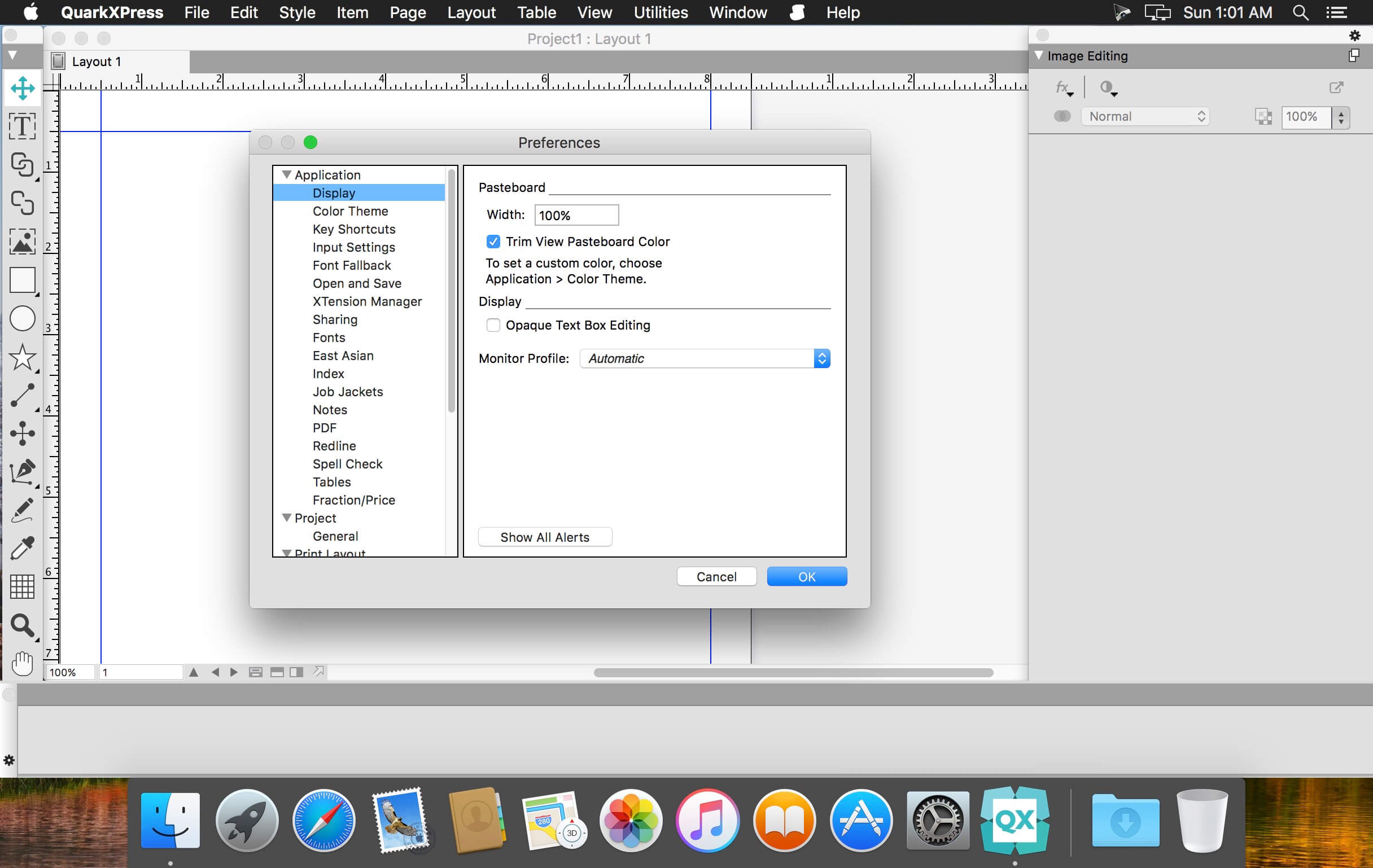


This can be a configuration PROM, or a flash device connected to any general purpose I/O pin. In order to use XJFlash all of the data, address and control signals on the flash device(s) must be connected to an FPGA on the target board. Providing the protocol signals are available on a header on that board, it should be possible to use XJFlash to achieve fast programming as part of an XJTAG solution. The required connections do not need to come from an FPGA on the target board. XJFlash can also be used for standalone programming requirements including direct access to I☬ and SPI busses or custom protocols such as Microchips ICSP. It doesn’t matter whether you need to program a single flash memory device, or multiple devices that are connected in series, to expand the address space, or in parallel, to make a wider data bus, you can use XJFlash to speed up your programming operations. All XJFlash programming can be run as part of an XJRunner boundary scan test project. XJFlash is fully compatible with the rest of the XJTAG development system. Free versions are sufficient for many devices. *A licensed version of the relevant FPGA manufacturer’s tools will be required during the configuration of XJFlash. XJFlash support all SPI modes (single-bit, dual, quad, QSPI, and octal) as well as parallel NOR flash devices. If your flash memory is connected to an FPGA from Intel (Altera), Xilinx, Microsemi or Lattice, XJFlash uses the FPGA’s standard JTAG port to offer an in-circuit programming alternative to a SPI programmer or parallel flash programmer. XJFlash automatically generates a custom design for each FPGA/flash combination, allowing you to achieve the best programming times, whilst not requiring you to do any FPGA development.*

The functional capabilities of the FPGA are harnessed to provide the fastest possible programming speeds. XJFlash allows you to automatically generate customised programming solutions for the flash memory devices connected to FPGAs and FPGA SoCs (such as Xilinx Zynq ® and Intel Cyclone ® V) on your board. XJDirect - Programming on-chip flash in your processorĬustom Solutions – Automatically Generated.


 0 kommentar(er)
0 kommentar(er)
